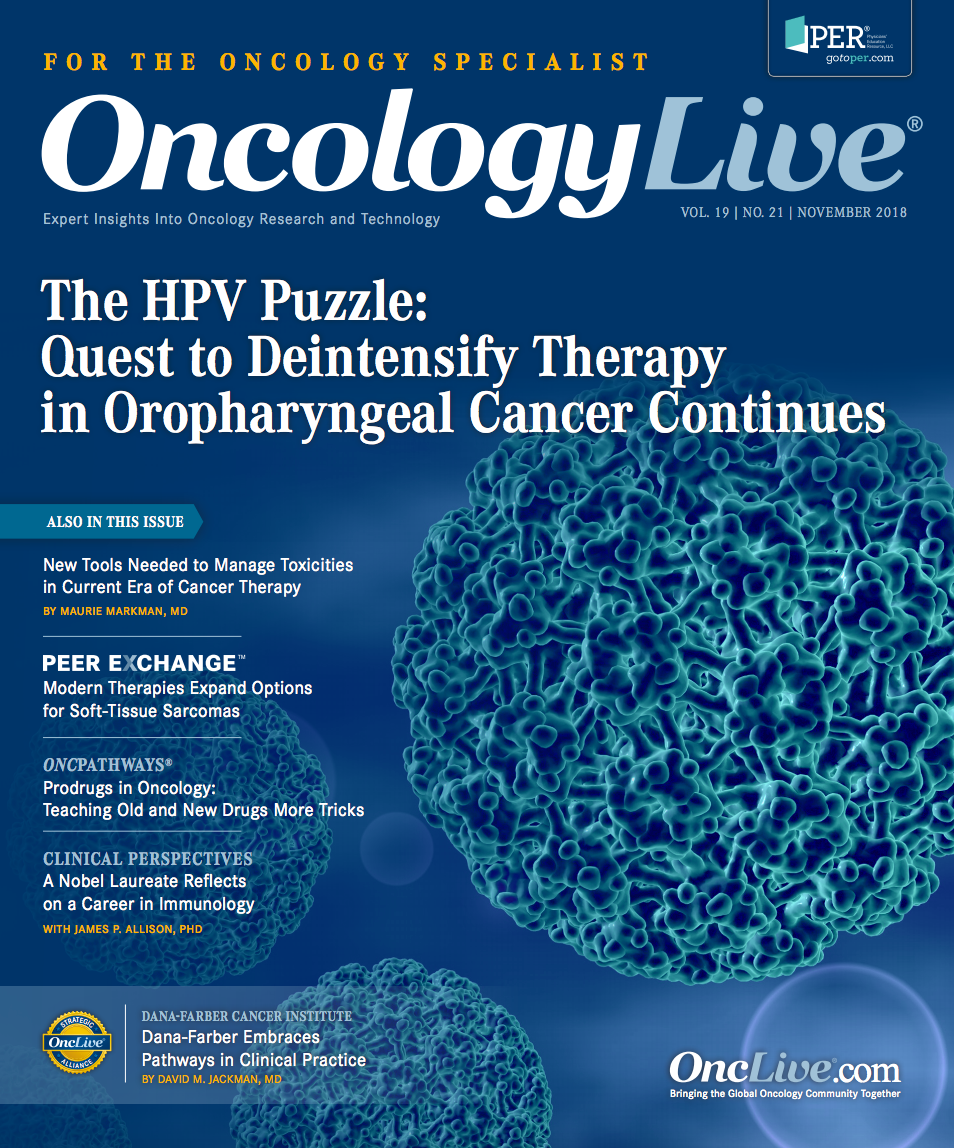Hispanics Are at Highest Risk of Neurotoxicity From Chemotherapy for ALL
Ethnic differences in the prevalence of neurotoxicity from methotrexate therapy may help explain why minority patients, specifically Hispanics, experience disparities in treatment outcomes for pediatric acute lymphoblastic leukemia.
Michael E. Scheurer, PhD, MPH

Michael E. Scheurer, PhD, MPH
Ethnic differences in the prevalence of neurotoxicity from methotrexate therapy may help explain why minority patients, specifically Hispanics, experience disparities in treatment outcomes for pediatric acute lymphoblastic leukemia (ALL), according to study results published in Clinical Cancer Research.1
The study is the first multi-institutional prospective analysis to consider demographics in the incidence of methotrexate neurotoxicity in pediatric patients with ALL, according to investigators. To study the impact of the adverse event (AE), investigators analyzed outcomes for pediatric patients, with an average age of 8.4 years, on leukemia protocols at the University of Arizona in Tucson, Children’s Minnesota in Minneapolis, and Texas Children’s Cancer Center in Houston between November 2012 and February 2017. They found that observed rates of neurotoxicity and second neurotoxic events were highest in Hispanic patients.
Treatment-related neurotoxicities may result in hospitalizations and dose modifications that can reduce the efficacy of therapy and jeopardize survival outcomes in the long term. This is a concern to physicians who want to maintain the benefits of therapy while minimizing its risks, according to lead study author Michael E. Scheurer, PhD, MPH, associate professor of pediatrics at Baylor College of Medicine and director of Population Sciences Biorepository Shared Resources at Baylor’s Dan L. Duncan Comprehensive Cancer Center in Houston.2
Methotrexate is an important agent in the chemotherapeutic treatment of ALL despite its association with neurologic complications. Acute and subacute neurotoxicity has a reported incidence of 3% to 12% and can cause long-term neurologic deficits. Methotrexate-induced neurotoxic events can manifest as seizures or stroke-like symptoms.1
The study found that 39 of 276 patients with newly diagnosed ALL experienced methotrexate-induced neurotoxicity. Hispanics accounted for 48.2% of the overall study population; they represented 74.4% of those experiencing neurotoxic events and 43.9% of those without neurotoxicities.1 These correlations were consistent even after controlling for sex, age at diagnosis, body mass index standard deviation score at diagnosis, and ALL risk stratification.
Second neurotoxic events occurred in 9 patients, all of whom were Hispanic (P = .079).1 These events were similar to the first events, with patients experiencing seizures, stroke-like symptoms, and altered mental status.
Relapse was also observed more frequently in patients with neurotoxicity (15.4%) than in patients without neurotoxicity (5.4%).1 This remained true for central nervous system (CNS) relapse, which was significantly more prevalent among patients with neurotoxicity (10.3%) than among those who did not experience this AE. In univariate regression models, neurotoxicity resulting from methotrexate was significantly associated with CNS relapse (unadjusted HR, 3.80; 95% CI, 1.44-10.02; P = .007).
Leucovorin rescue, which was used in 74.4% of those experiencing neurotoxicity, is frequently used to manage the AEs of methotrexate, and Scheurer said this may reduce the efficacy of the ALL therapy, leading to poorer outcomes in the long term.1,2
Although the investigators anticipated an ethnic disparity in observed neurotoxicity, Scheurer said they did not expect the trend to be so pronounced. “We had observed that our Hispanic patients tended to experience neurotoxicity more often than other groups, but we were surprised to see the magnitude of the difference,” he said.
Investigators noted that the study included a high proportion of Hispanics representative of the local populations and may explain why there appears to be a higher frequency of neurotoxicity in the overall study population compared with previous studies.
Looking forward, Scheurer said that biomarkers may help in identifying patients who are at risk of neurotoxicity before treatment begins. Knowing which patients are susceptible to these AEs would allow for preventive strategies to be employed before treatment begins.
Limitations to the study include its short timeline, said Scheurer, since there are insufficient data to evaluate the long-term effects of neurotoxicity. A larger study with more non-Hispanic black and Asian patients would help investigators better understand the issue, he added.
References
- Taylor OA, Brown AL, Brackett J, et al. Disparities in neurotoxicity risk and outcomes among pediatric acute lymphoblastic leukemia patients. Clin Cancer Res. 2018;24(20):5012-5017. doi: 10.1158/1078-0432.CCR-18-0939.
- Hispanic children more likely to experience neurotoxicity during treatment for acute lymphoblastic leukemia [news release]. Philadelphia, PA: American Association for Cancer Research; September 11, 2018. aacr.org/Newsroom/Pages/News-Release-Detail.aspx?ItemID=1218. Accessed October 4, 2018.




